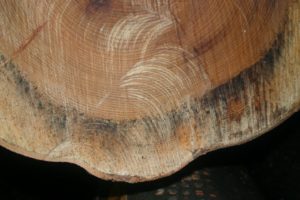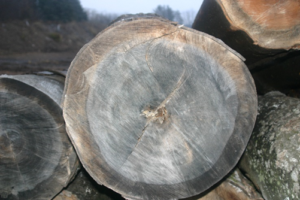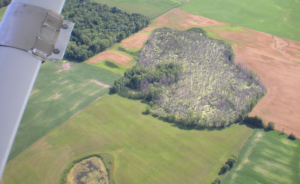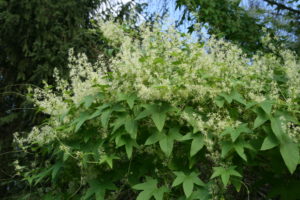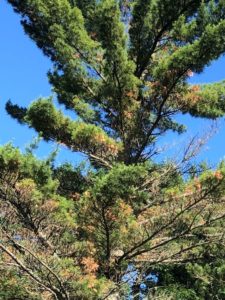The Wisconsin Department of Natural Resources – Division of Forestry’s Tax Law Section has released their strategic plan developed to further meet the Division of Forestry’s Strategic Direction 2017-2022 intent to “… continue to improve administration of the Tax Law programs, focusing on a new service model which will consolidate tax law work into fewer positions and develop expertise in staff.”
The new strategic plan focuses on five goals with associated objectives designed to guide section efforts to increase completion of sound forest management through landowner engagement, cooperator commitment and staff expertise.
This plan does not include the specific tactics that will be utilized to achieve the objectives and strategies. The Tax Law Section will be soliciting feedback from the Wisconsin Private Forestry Advisory Committee (WPFAC) and other key stakeholders to develop and finalize an implementation plan to be released later this fall. That plan will detail tactics and tools to achieve specific objectives affiliated with the five goals.
We are excited and ready to work collaboratively with our customers and partners to move the tax law program forward and better serve the people of Wisconsin and their resource. Please direct questions to R.J. Wickham, Tax Law Section Chief at Richard.Wickham@Wisconsin.gov or 920-369-6248

